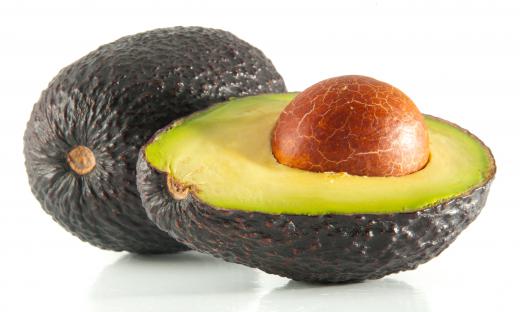What is Aeroponics?
 Michael Anissimov
Michael Anissimov
Aeroponics is a sophisticated plant-growing technique ideally suited to a range of purposes, particularly the growing of disease-free seed crops and high-yield greenhouse growing in the Arctic or in space. Aeroponics uses no soil or liquid medium, just a fine nutritious mist sprayed over roots suspended in a sealed chamber. This growth method is highly efficient in terms of water, nutrients, energy, and space. Sometimes aeroponics is considered a subcategory of hydroponics, because the main nutrient-carrier is water rather than soil.
Aeroponics was first developed in 1942 by W. Carter. The purpose was to facilitate the easy examination of roots for research purposes, still a primary application of aeroponics. Throughout the 40s and 50s, scientists used aeroponics to grow citrus, avocado, apple, coffee, and tomato plants and examine their root structures and test their response to varying levels of moisture. Because aeroponics allows the grower to precisely determine water and nutrient concentrations, it is ideal for the study of the effects of drought or flooding on a variety of crops.

In 1983, Richard Stoner, a pioneer of aeroponics to this day, developed the Genesis Rooting System, a commercially available aeroponics system named after a similar device in the second Star Trek movie. The Genesis Rooting System was simple in operation, requiring a connection to a standard electrical socket and water faucet. The sterile environment offered by aeroponics made the cloning of plants possible for any grower. Previously, clippings of stubborn plants such as cacti and hardwoods were difficult to grow into full plants due to susceptibility to soil or water-borne bacteria, necessitating the use of seeds. Aeroponics provided the bacteria-free environment these clippings needed to grow to maturity.

In contrast to hydroponics, aeroponics allows plants to be transplanted into soil without the bane of transplant shock. The process of misting and nutrient injection is controlled by a microprocessor, requiring minimal attention from the grower. In addition, the sterile environment and constantly replenished growing medium allows plants to be grown very close together with little danger of mutual infection. If a plant does become diseased, it can be easily and quickly removed without leaving residual bacteria in the growing medium.
Much excitement in recent times has been directed towards the use of inflatable aeroponics systems for space-based applications. Funded by NASA, the aeroponics pioneer Stoner developed a low-mass inflatable aeroponics system ideal for growing food in space or other extraterrestrial environments such as the Moon and Mars. When the first Moon base is set up around 2020, it will likely make use of aeroponics, removing the need to transport large amounts of soil for agriculture.
AS FEATURED ON:
AS FEATURED ON:












Discussion Comments
Aeroponics is when roots grow in mist or air with nutrients.
Post your comments